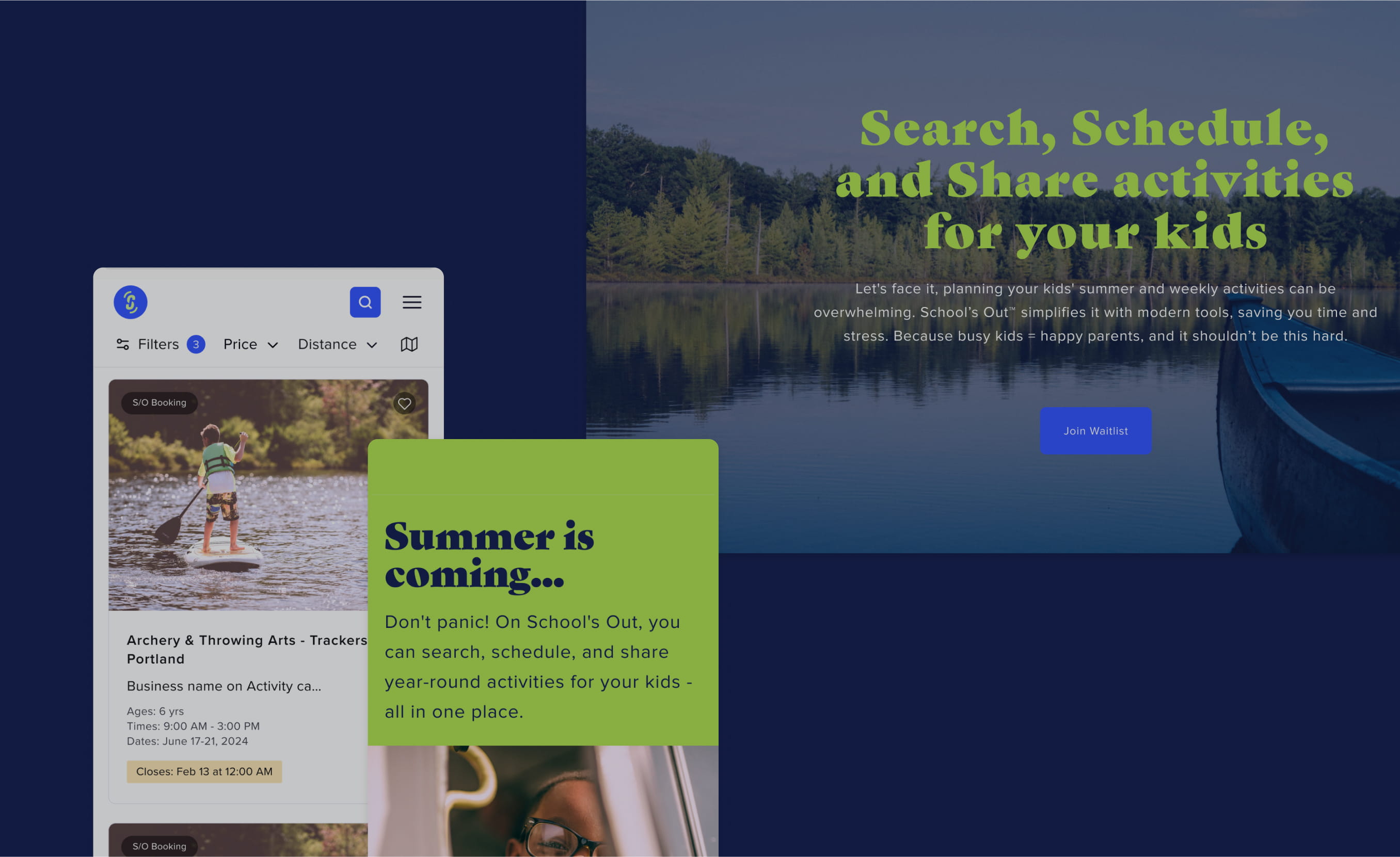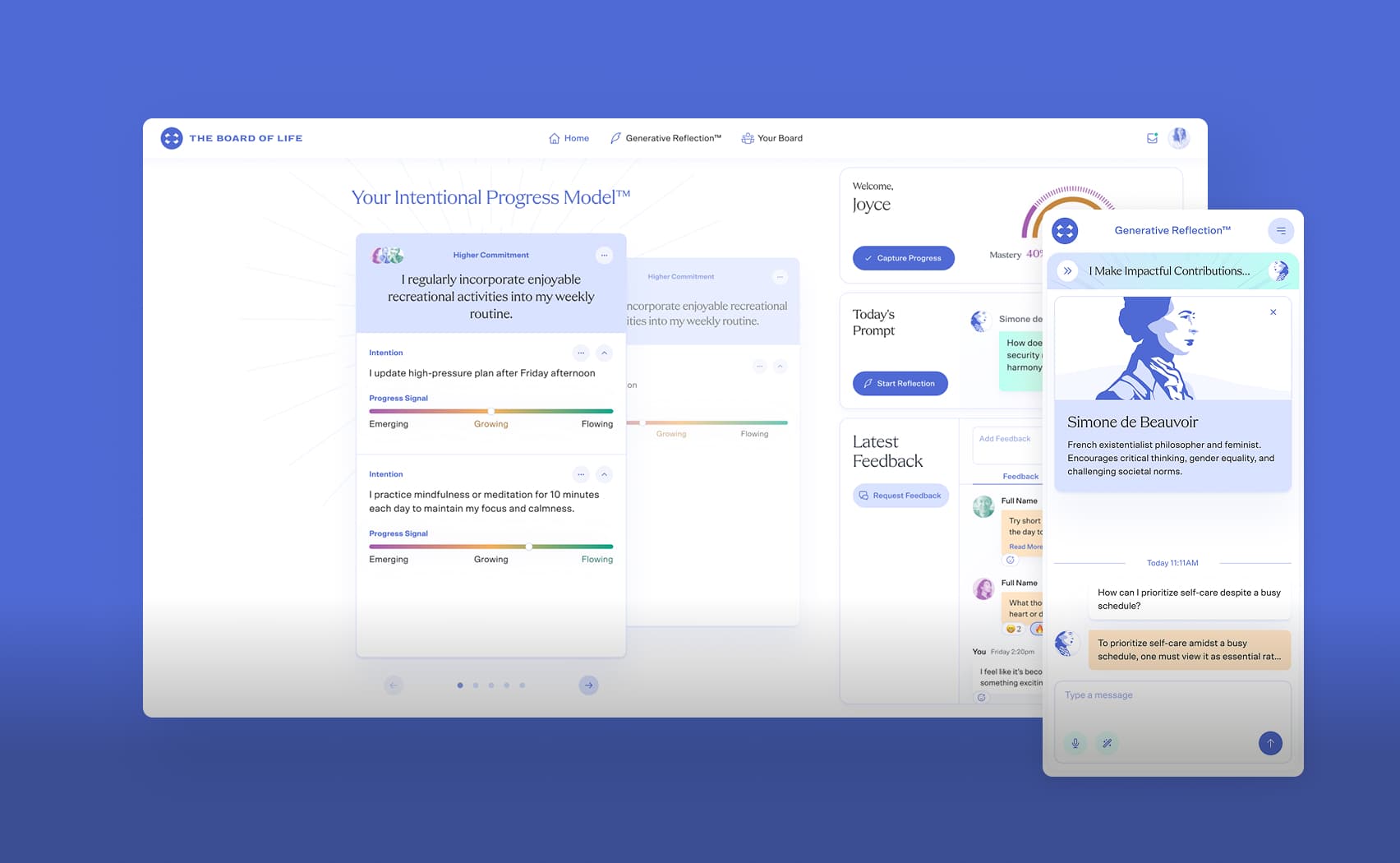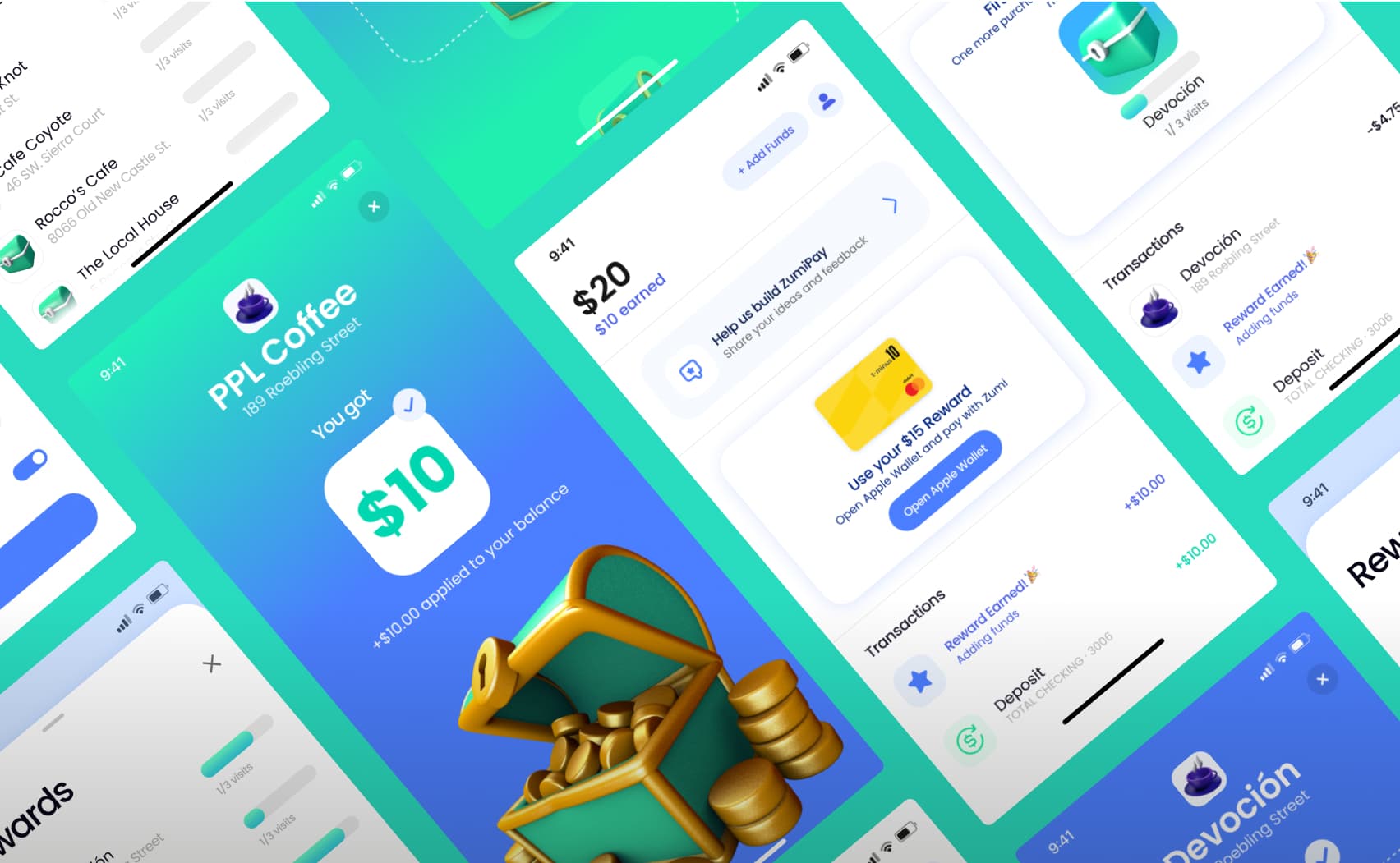Road to Successful MVP Development: A Quick Guide
Avoid these 5 traps if you want to excel in MVP development.
For startups and founders, a Minimum Viable Product, or MVP, is the foundation of one's entrepreneurial pursuits. Its primary goal: collecting invaluable market data and attracting interest from stakeholders that can help transform an idea into a business.
However, while MVPs can be crucial in understanding the market pulse and determining a path forward, they often get misconstrued by budding entrepreneurs.
Because of this, startups can fall into several traps, including:
- Choosing the wrong problem to solve
- Skipping the prototype step
- Targeting the wrong audience
- Selecting an inappropriate MVP development method
- Misinterpreting feedback
This guide aims to demystify what an MVP is and the best strategies for MVP software development.
What is an MVP in Software Development?
An MVP in software development is a development strategy where a new product or application is developed with the minimum features required to satisfy early adopters.
The primary goal of an MVP is to quickly release a product to the market with just enough features to attract initial users and gather feedback for further development.
The key aspects of an MVP include:
- Minimum Features: It includes only essential features that address the core needs of the target audience.
- Quick Development: The focus is on rapid development to bring the product to market as soon as possible.
- Feedback Gathering: The product is released to a limited audience to collect feedback and insights for future iterations.
- Cost-Effective: Developing an MVP helps save resources by avoiding the inclusion of unnecessary features in the initial version.
- Iterative Development: Based on user feedback, the product is iteratively improved and expanded in subsequent versions.
What an MVP is Not
They are not:
- Proofs of concept
- Betas
- Prototypes
A proof of concept is an early model you build that shows your business can work. Its primary purpose is to convince investors to buy in, not for customers to buy. For a more in-depth understanding about what a proof of concept is, read our blog post on their importance in software development.
A beta comes before an MVP and is often buggier and less polished. The beta's purpose is to elicit functionality feedback and search for glitches. An MVP, by contrast, should be free of glitches and used to test out the marketplace.
A prototype is a toy model of your system that you use to help build an MVP. It should help highlight how things will work but doesn’t need to be a functional product. Skipping the prototype phase is a common problem that startups face- see below.
6 Steps to Successful MVP Software Development
Crafting a stellar MVP entails several methodical steps, including:
- Market Research
- Product Scope
- UI/UX Design
- Prioritizing Features
- Launching
- Testing
Market Research
An MVP is a form of market research in and of itself. It is an experiment you perform with a hypothesis: If I offer this product, people will buy it.
But before you can have a hypothesis, you must have a theory. You need to have some ideas about what the market is like in the first place. Then, you make an MVP as an educated guess about what people want to buy.
Market research is critical: an estimated 35% of all startups fail because their product does not fit the market.
Defining Product Scope
The “V” of “MVP” stands for “Value”. What value do you provide to customers? What sets you apart from competitors?
This is important because it is this value you will primarily be creating. Your final product will have more features, but an MVP will center on the core product scope defined in this stage.
UI / UX Design
People don’t use apps or websites that are poorly designed or uncomfortable. User interface and experience are just as crucial to core functionality when it comes to the success of your product.
Good UX for an MVP is more complex and accessible than for a full product. It is easier because fewer features lead to a more straightforward interface. But it is also more challenging because you have to nail the few features you do have.
Money spent on UX is money well spent. On average, $1 spent on UX results in a return of $100.
Prioritizing features
Of course, you will want your final product to offer the latest and greatest technology, whether AI features or Blockchain integration. But with every proposed feature, ask yourself: Do I need this to offer the core value of my product?
For example, if you are building a cloud-based calendar service, you want to focus on its ability to record events and sync with the cloud. While you may want to offer a zillion fun alarm sounds in the final product, that is something you should probably ignore for the MVP.
Launching the MVP
An MVP must be launched just as much as a finished product. To that end, you will still need some advertising and marketing. You must consider the best way to reach potential clients and customers.
But you must remember that this is only part of the final product, so you should spend less on marketing. Instead, you need to spread awareness just enough to get reliable feedback data.
Observe, Test, and Learn
MVPs are experiments. You need to know that your goal is to see how potential customers react. Hopefully, they will find the core functionality of your product valuable and want to buy it.
But even if they don’t, there are valuable lessons to learn. You might need to change gears and offer a slightly different product. And you can listen to what people say to find out what they might want.
Never forget that Edison was happy with his first 2000 failed attempts to make a lightbulb because they were, in his eyes, successful attempts at figuring out how not to make a lightbulb.
5 Common Mistakes in MVP Software Development
MVP development can be rife with challenges. Here are five common mistakes made in MVP software development:
Choosing the Wrong Problem to Solve
This is related to the Product Scope and Prioritizing Features phases. Don’t jam-pack your MVP with features so that it will appeal to everyone. Instead, hone in on the exact problem you want to solve to attract a specific audience. Quality over quantity is the insight here.
Skipping the Prototype Step
Some people confuse the prototype with the MVP and think they are the same. But a prototype is more like a simple model you build to help you develop the MVP. It is not intended to be put on sale. To that end, build a toy prototype of your MVP first to get an idea of what you are trying to build. If an MVP is minimal, a prototype should be less than minimal- it might not work so much as offer a general experience of what your product should look like and an approximation of how it will work.
Targeting the Wrong Audience
Your MVP should have a specific audience. It’s like chemistry, where you experiment on a specific chemical to see the result. In business, you want to know precisely how your intended audience reacts. Don’t get feedback from friends and relatives if you don’t expect them to be future buyers.
Inappropriate Development Method
The idea of an MVP goes hand in hand with Agile: small, frequent changes based on constant feedback. It does not work as well with Waterfall, which is based on the idea of big, pre-planned development cycles. Think fast, flexible, and lean.
Analyzing Feedback Wrong
It is infamously difficult to get helpful feedback from human beings. Polls can ask the wrong questions, and people may need to answer how they feel.
To make the best out of your feedback, consider the difference between the quantitative and qualitative data you collect. Quantitative data will include precise numbers and metrics about your product’s functioning. Qualitative data, however, will supply information with less structure that tells you how people feel about your product.
One helpful way of thinking about this is to use qualitative data to scan for problems and then examine quantitative data to pinpoint the issue. For example, people may generally complain that a website runs slowly. You can then look at runtime data to determine which pages are loading slowly and why.
Building An MVP with A Bespoke MVP Development Company
Some MVPs are so simple that they require little to no technical buildout to implement. For example, Groupon’s MVP was just a manually operated website. The founders had to take each order, buy the product, and ship it alone.
But most MVPs will have more intricate functionality requirements and design needs. This is where collaborating with an MVP development company can be pivotal and ultimately save a significant amount of time and resources.
Companies like JetRockets can become invaluable partners by offering MVP development services such as:
- A ready-to-roll, seasoned development team.
- Lowered risks if MVP pivoting is necessary.
- Tapping into the technical prowess of the development squad.
- Hindsight from their prior MVP app development projects.
We also work closely with non-technical founders to help them turn their visionary ideas into custom software solutions.
If you’re a non-tech founder considering working with a bespoke software development partner, download our ebook: A non-tech founder’s guide to choosing the right software development partner or read our blog post: A Non-Technical Founder's Guide to Building a Tech Startup: From Idea to Development.
Want to build an MVP that people love? Send us a message to chat about it!



